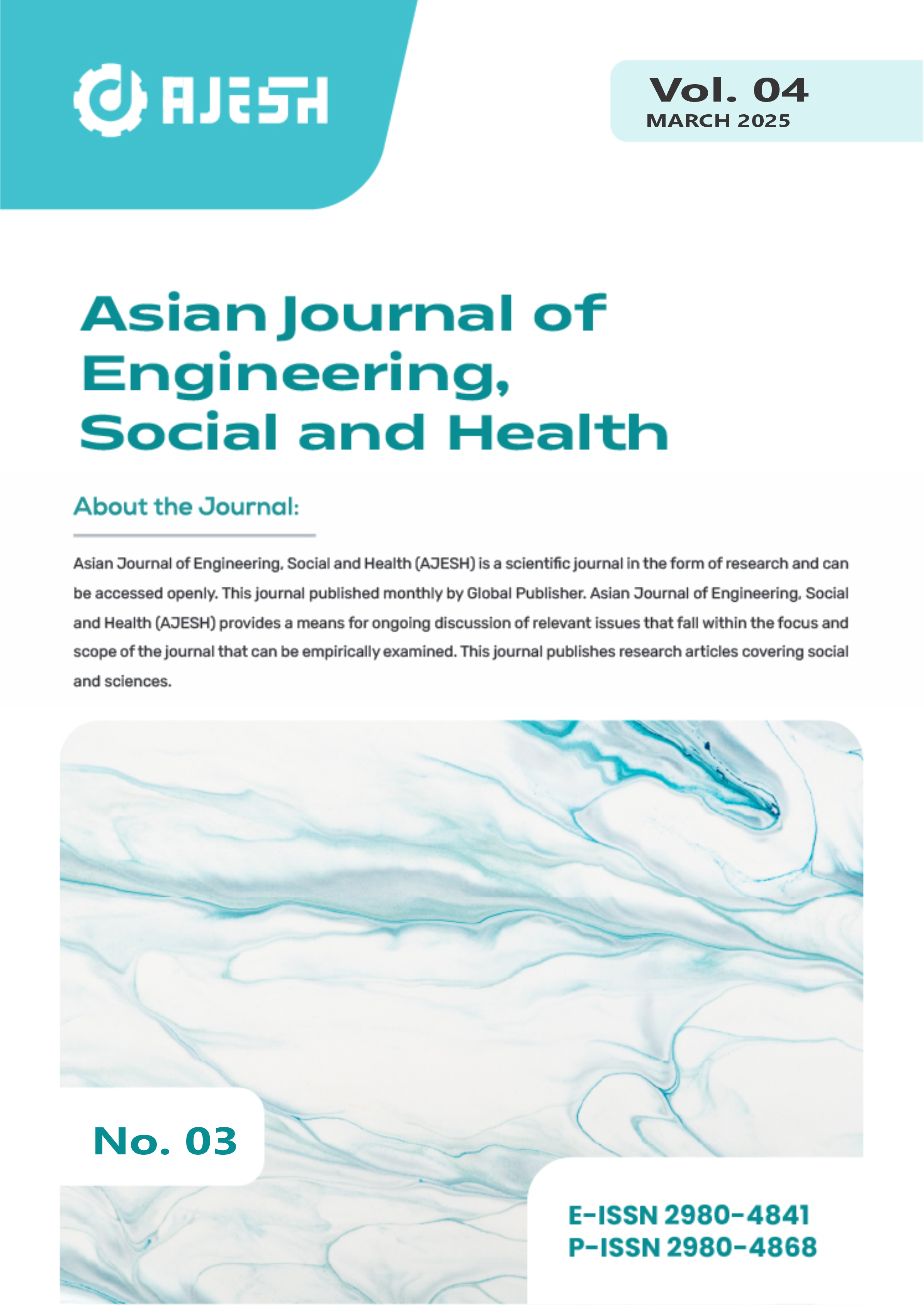Spatiotemporal Omics: Integrating Multi-Omics Data for Translational Research and Drug Development
DOI:
https://doi.org/10.46799/ajesh.v4i3.561Keywords:
Developmental Biology, Drug Resistance, Neuroscience, Precision Medicine, Spatial transcriptomics, Tumor microenvironmentAbstract
Spatiotemporal omics is an innovative approach that integrates various multi-omics data—such as genomics, transcriptomics, proteomics, epigenomics, and metabolomics—within spatial and temporal contexts to provide a comprehensive understanding of biological systems. This approach aims to uncover cellular dynamics, molecular interactions, and disease mechanisms across diverse fields, including neuroscience, developmental biology, cancer research, and precision medicine. Cutting-edge technologies such as Stereo-seq, Slide-seq, DBiT-seq, and MISAR-seq enable high-resolution mapping of gene and protein expression within intact tissues, revealing complex spatial heterogeneity and cellular organization. Through integration with artificial intelligence and machine learning algorithms, complex multi-omics data can be analyzed holistically to generate accurate predictive models. Research findings show that spatiotemporal omics effectively identifies tumor microenvironments, drug resistance mechanisms, neural connectivity, and organ development pathways. In precision medicine, this approach offers significant opportunities for discovering novel biomarkers and developing personalized therapies based on patients’ molecular profiles. Despite ongoing challenges such as technical complexity and high costs, spatiotemporal omics holds great potential to revolutionize biomedical research and clinical practice in the future.
Downloads
Downloads
Published
Issue
Section
License
Copyright (c) 2025 Raymond R. Tjandrawinata, Catherine Rebeca, Agustina Nurcahyanti

This work is licensed under a Creative Commons Attribution-ShareAlike 4.0 International License.
Authors who publish with this journal agree to the following terms:
- Authors retain copyright and grant the journal right of first publication with the work simultaneously licensed under a Creative Commons Attribution-ShareAlike 4.0 International. that allows others to share the work with an acknowledgement of the work's authorship and initial publication in this journal.
- Authors are able to enter into separate, additional contractual arrangements for the non-exclusive distribution of the journal's published version of the work (e.g., post it to an institutional repository or publish it in a book), with an acknowledgement of its initial publication in this journal.
- Authors are permitted and encouraged to post their work online (e.g., in institutional repositories or on their website) prior to and during the submission process, as it can lead to productive exchanges, as well as earlier and greater citation of published work.






